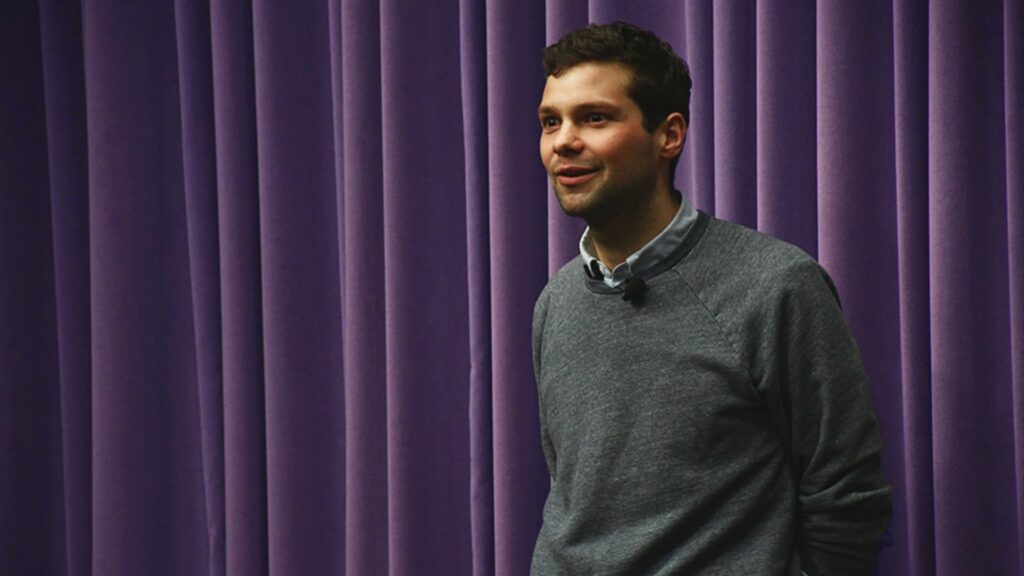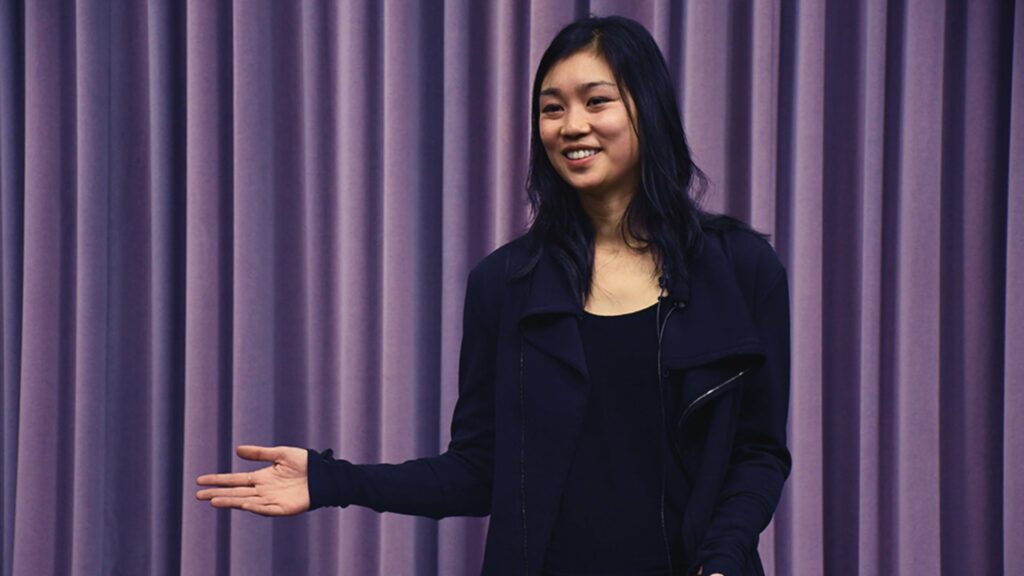The desire for change is an easy concept to capitalize on in America. A society that embraces consumerism-based “retail therapy” and has an endless appetite for self-help products indicates a robust market. However, how hungry are people and organizations for actual change on a transformative level? The desire for change, the taking of action to create change, and the lasting commitment to achieve change are three entirely different things.
In 1989, when Wendy Kopp came up with an idea to try and end inequities she saw in America’s education system, she was only at the first stage. Kopp would come to learn hard lessons about creating change as CEO of Teach For America, the social entrepreneurship organization she built to tackle these major issues. Whether you’re a fan or foe Teach For America’s efforts to change education in some of the nation’s most disadvantaged communities, Kopp’s experience still provides solid lessons on staying committed to change.
Not Everyone Wants Your Brand of Change
When an organization tries to make change, a plan is developed and put into action. However, even with the most thorough planning, new information and unexpected situations will present themselves upon the plan’s execution. When Teach For America released its first 500 teachers into schools, according to Kopp, many of these bright and passionate agents for change ran straight into walls. These new teachers found themselves in the midst of rigid, traditional school districts throughout America, populated with teachers and administrators that took offense at the idea that a person with just a summer’s worth of pre-service training would know how to better teach students than more experienced educators. Kopp quickly realized that affecting change in such entrenched systems was going to be an even harder task than originally thought.
Learning Curves Never End
Teach For America learned that having a plan for change is not enough. In the video below, Kopp describes the various learning curves that she and the organization would come to face. An organization must be willing to constantly iterate their approach and processes to address new insights gained along the way. Teach For America continues to learn new things about recruitment, professional development, financing models, and working to affect change through classroom instruction and public policy initiatives. The great lesson is to accept that learning curves never end.
Leaders Must Commit to Change
Over her organization’s 20-year history, Kopp has come to identify certain factors that make environments more conducive to achieving transformational change. When asked for the most common factor, Kopp explains that within an environment the leaders must be absolutely committed to making change happen. This may seem an obvious point on the surface, but think of how often we see leaders walk back from early proclamations of change, such as department heads who pull funding from product teams when a project begins to stall, or politicians who back down when faced with political interference.
For Kopp, the leaders who bring about the most transformational change retain their tenacity for seeing the change happen, and also bring high-levels of energy and discipline to the effort. While Teach For America builds leaders in education, Kopp also sees these traits as similar to those observed in transformational leaders from other industry sectors. In the following video, Kopp elaborates on these traits, and identifies other important leadership qualities, including an obsession with building strong teams and systems, and the willingness to create cultures committed to continuous improvement — qualities all entrepreneurs should seek to build.
Watch Teach For America CEO Wendy Kopp’s entire ETL seminar at eCorner.







